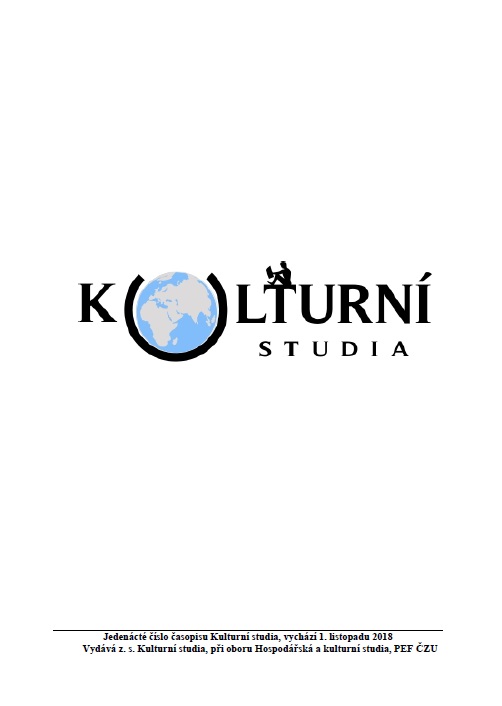Kľúčové elementy bieloruskej národnej identity
Key elements of Belarusian national identity
Author(s): Ján Fiľakovský, Vladimír BaarSubject(s): History, Social Sciences, Geography, Regional studies
Published by: Kulturní studia
Keywords: national identity; Belarus; nation-building; Alexander Lukashenko; identity politics
Summary/Abstract: The objective of the article is to identify and analyse the main movements that shaped the national identity of the modern Belarus. When Belarus acquired sovereignty in 1991, two movements have started to influence the Belarusian society. One of them, a so-called “nationalist” movement, was present between 1991 and 1994. The second one, a so-called “official” movement, which draws its ideology from the Soviet past, gained in importance when Alexander Lukashenko entered his presidency in July 1994. Informed by the theory of national identities from Montserrat Guibernau, which describes five underlying dimensions of national identity, i. e. psychological, historical, territorial, cultural, and political dimension, we seek to understand the two movements against the background of these dimensions. This is a crucial task for reflecting on the “third” movement, which emerges after the controversial presidential elections in 2010, and which tries to combine the ideological roots of both previous movements, thus satisfying both the supporters of the governmental regime as well as the opposition. The analysed components that form the Belarusian national identity include the question of national language, religion, territory and state boundaries, domestic policy and foreign affairs, national symbols, history, historical memory, and heroic myths.
Journal: Kulturní studia
- Issue Year: 11/2018
- Issue No: 2
- Page Range: 3-35
- Page Count: 33
- Language: Slovak

